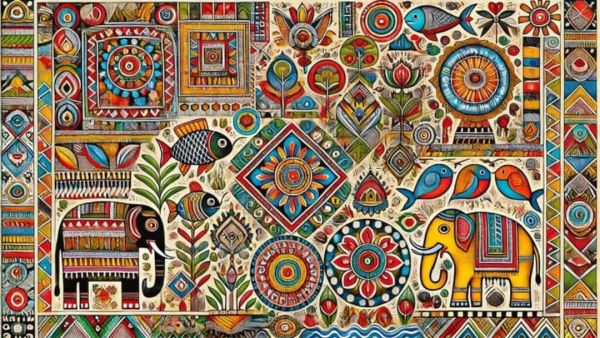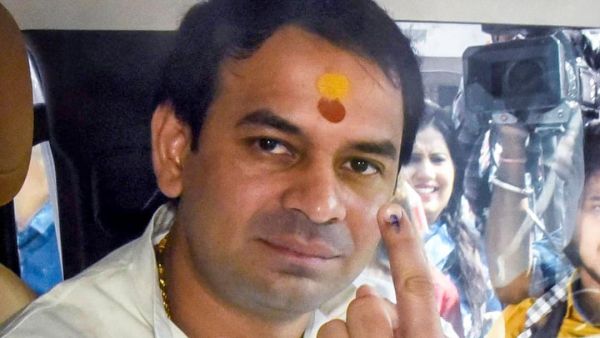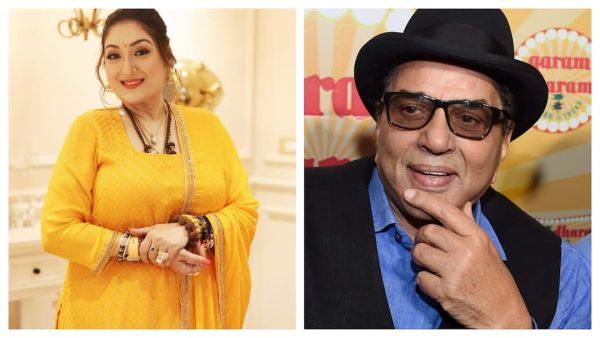
(Dr. Sanjeev Kishor Goutam)
India’s artistic legacy is as diverse as its landscape, woven from centuries of tradition, mythology, and local expression. Across regions and communities, unique art forms have flourished, reflecting our collective imagination and cultural depth. Here are fifteen traditional art forms that beautifully capture India’s rich heritage.
1. Madhubani Painting: Bihar
Originating in the Mithila region, Madhubani art is one of India’s most celebrated folk forms. Traditionally painted on walls and floors during festivals and rituals, it features bold lines, vibrant natural dyes, and motifs of gods, flora, fauna, and celestial bodies. Today, it thrives on paper and canvas, carrying forward a centuries-old legacy.
2. Warli Art: Maharashtra
Created by the Warli tribe near the Western Ghats, this minimalist art form uses white pigment on a mud base. Triangles, circles, and lines come together to depict scenes of daily life, farming, dancing, and worship. Its simplicity and symbolism have made Warli a global design inspiration.
3. Pattachitra: Odisha
Meaning “cloth picture,” Pattachitra paintings date back to the 12th century. Inspired by Lord Jagannath’s temple traditions, they feature mythological narratives painted with natural pigments on cloth or dried palm leaves. The intricate borders and rich iconography remain timeless.
4. Kalamkari: Andhra Pradesh & Telangana
Derived from the Persian words kalam (pen) and kari (craft), Kalamkari art involves hand-painting or block-printing on fabric using natural dyes. Its two main styles, Srikalahasti and Machilipatnam, depict scenes from epics like the Ramayana and Mahabharata, merging storytelling with textile art.
5. Phad Painting: Rajasthan
Phad is a long, scroll-like cloth painting that narrates the heroic deeds of local deities such as Pabuji and Devnarayan. Traditionally used by traveling priests and storytellers, each Phad unfolds like a vibrant visual epic filled with color and devotion.
6. Tanjore Painting: Tamil Nadu
Originating in Thanjavur during the Nayak period, Tanjore paintings are famous for their rich colors, gold foil work, and religious themes. Adorned with gems and intricate detailing, these works often depict Hindu gods and goddesses in grand, regal poses.
7. Gond Painting: Madhya Pradesh
Practiced by the Gond tribe, these paintings are filled with dots, dashes, and patterns that bring trees, animals, and spirits of nature to life. Gond art beautifully reflects the tribe’s belief that every element of nature is sacred and alive.
8. Cheriyal Scrolls: Telangana
A storytelling tradition of the Kaki Padagollu community, Cheriyal scroll paintings are like ancient comic strips. Painted on khadi with natural colors and dominated by red backgrounds, they narrate tales from the Ramayana, Mahabharata, and village folklore.
9. Kangra Miniature Painting: Himachal Pradesh
Emerging in the 17th century, Kangra paintings are known for their soft colors and lyrical portrayal of love and devotion, especially between Radha and Krishna. Their refined lines and delicate brushwork echo the grace of Indian classical poetry.
10. Kalighat Painting: West Bengal
Born around the Kalighat temple in 19th-century Kolkata, these paintings evolved from devotional souvenirs to socially aware art. With bold brushstrokes and fluid lines, they depicted both mythological tales and the life of common people, influencing modern artists like Jamini Roy.
11. Dokra Art: West Bengal & Odisha
Among India’s oldest metal crafts, Dokra uses the ancient lost-wax casting technique to create expressive brass sculptures. From tribal deities to animals and ornaments, each piece radiates rustic charm and craftsmanship unchanged for over 4,000 years.
12. Bhil Painting: Madhya Pradesh
Created by one of India’s oldest tribal communities, Bhil paintings are filled with vibrant dots and symbolic patterns. Every dot and motif carries ancestral significance, transforming simple images of daily life into stories of connection and continuity.
13. Aipan Art: Uttarakhand
Practiced mainly by women of the Kumaon region, Aipan art uses rice paste on red clay backgrounds to create geometric and floral motifs. Found on floors and walls during rituals, it’s a form of sacred decoration believed to invite prosperity.
14. Pichwai Art: Rajasthan
Emerging from Nathdwara, Pichwai paintings are detailed textile artworks depicting the life of Lord Krishna, especially as Shrinathji. With opulent designs and jewel-toned colors, these temple backdrops exemplify devotion in artistic form.
15. Chittara Art: Karnataka
Practiced by the women of the Deevaru community, Chittara art adorns walls with geometric motifs made from natural pigments. Each pattern marks auspicious ceremonies and mirrors the community’s harmony with nature.
From intricate scrolls to sacred floor designs, India’s art forms are more than creative expressions, they are living traditions. Preserved and reinvented through generations, they remind us that art in India is not confined to galleries but thrives in homes, rituals, and hearts across the land.
Dr. Sanjeev Kishor Goutam is the Director General of National Gallery of Modern Art, Indian Visionary Curator & International Artist.
-
ABP Experts Exit Poll: Tej Pratap Yadav's Fate 'Hangs In Balance' From Mahua, Say Experts

-
Sunita Ahuja Says ‘Punjabis Never Give Up’ As She Prays For Dharmendra’s Recovery

-
Can’t sleep early in the morning in cold weather? Premanand Maharaj told the easiest way

-
What is Disorientation due to which Govinda fell unconscious? Know how dangerous this disease is

-
Nail Art Trends 2025: Easy and Creative Designs to Try at Home
